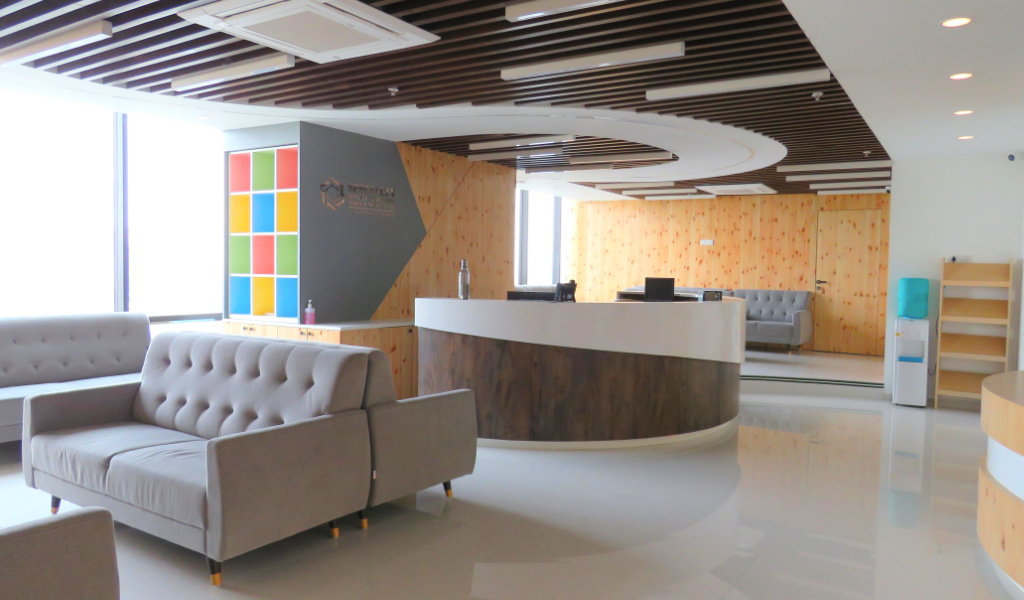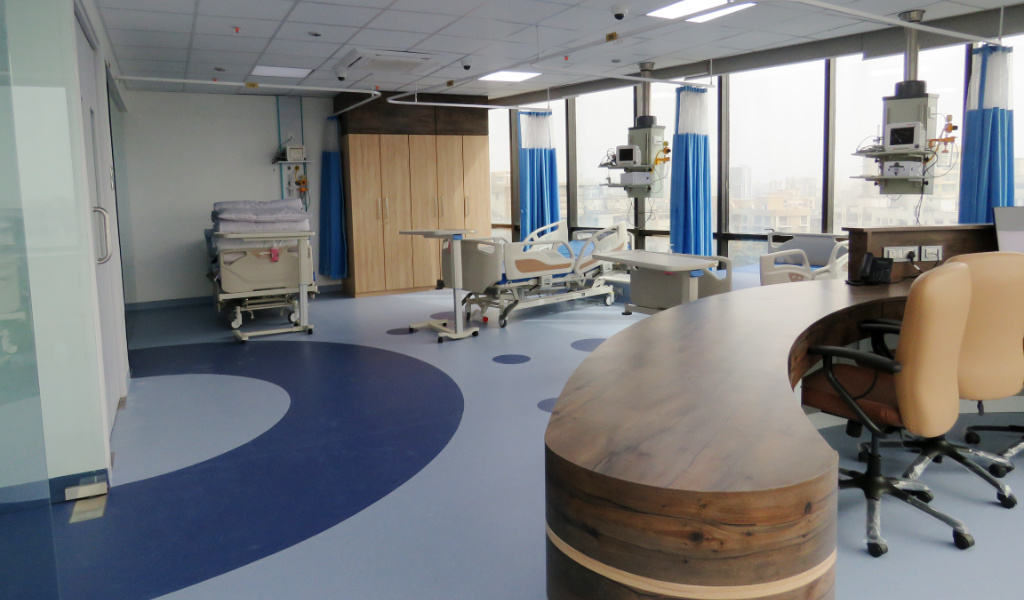The Psychology of Style: How Neuroaesthetics is changing Healthcare Design
Is there a link between beauty and biology? We know that the aesthetic appeal of our surroundings can have a profound effect on the way we feel. However, new research shows that it fires up activity in your brain as well. This opens up a wide range of possibilities for the applications of a new field in design – neuroaesthetics! With its ability to promote positive mental health, architects are turning to neuroaesthetics to help people heal.
The Secret Behind Healing Spaces: The Architect in a Doctor’s Coat!
Around the globe, scientists and architects alike, are striving towards applying the principles of neuroaesthetics to design better and more responsive spaces.
Art and science are usually such polar opposites but come together naturally during the design process to influence our mood and cognition. This becomes an essential component for design ideas that influence healthcare architecture.
How can we enhance the environments that surround vulnerable patients and skilled healthcare providers, to boost healing? The answer is getting just the right combination of colour texture sound shape and light, to come together seamlessly.
After all, we may forget the details of the spaces around us, but we hardly forget the way they made us feel.
5 Ways to Leverage the Neuroaesthetics Lens in Healthcare Design
While neuroaesthetics is a broad and complex science, architects involved in planning healthcare facilities can focus on the following elements to achieve optimum results.
1. Let the Light Shine Through!
Allowing natural sunlight to penetrate a structure helps to brighten up enclosures and makes them appear spacious. Also, solar rays help to keep bacteria and other microorganisms, at bay. Studies have also shown that daylight can be a healing force. It influences our circadian rhythms or our sleep cycles and influences our moods, blood pressure and heart rate.
2. Fresh Air for Fresh Minds! The Wonders of Ventilation
Quite like sunlight, fresh air also helps to bring positive energy to enclosed spaces. Good ventilation is extremely critical in spaces like rehabilitation centres, wards, old-age homes and asylums where people tend to stay for longer periods of time. Open-able windows or other ventilation systems that allow the flow of fresh air can be designed to serve the purpose.
3. Bringing the Great Outdoors … Indoors!
As humans, we tend to feel safe and comfortable in biologically natural landscapes. Irrespective of how fast-paced our lives are, we are knowingly or unknowingly strongly influenced by the natural elements in our surroundings. While it may not always be possible to grow a lawn adjoining the healthcare facility, we can incorporate natural elements, like planters, trees, landscapes and flowers within the facility itself. Researchers have found that bringing natural elements indoors can help our moods and cognition. The very presence of these elements makes people feel connected to nature, brings about tranquillity and promotes healing.
4. Colour: A Language without Words!
Studies suggest that colours have a direct impact on human emotions. From an architectural standpoint, using the right colours in the right places enhances the sensory appeal of the space. For example, a warm palette of yellow and orange encourages activity while a cool palette of blue and green stimulates calmness.
Colour can add a fun element to the otherwise stark and (for some) scary hospital experience. Wall-to-wall landscapes, backdrops, murals, and mood lighting is some ways to brighten up dreary hospital spaces. It can also keep the patient engaged, while entertaining children in paediatric wards. For an in-depth look at how colour can influence design check out our blog post: Colour Me Healthy!
5. Light up your life!
Where provision for natural light can’t be made, smart use of artificial lighting can bring about significant improvement in the ambience and feel of the space. For instance, white lights give a bright, commercial feel; daylight-colour lamps give an ambient, homely feeling and yellow lights liven up restaurants and other places of social interest. Currently, smart, sensory-based, artificial lighting options are available in various temperatures, colours, intensities, shapes and sizes.
With a renewed focus on promoting healing through unconventional means, architects and urban planners are using this intersection of brain science and design for healthcare spaces.
At Shree Designs, we optimize the scientific research behind neuroaesthetics to create healing spaces. A recent example is our work at Specialty Surgical Oncology Hospital and Research Centre, Mumbai.
The centre is the first organ-specific and speciality-based surgical oncology group practice in Mumbai, started by Dr. Sanket Mehta. With an area of nearly 6,000 sq. ft, we designed the OPD section creatively to give it a modern touch and dynamic look using the latest materials like baffle ceiling, and designer wall cladded tiles. Pastel colours are used in Interiors to boost patient healing and achieve a calming ambience. Spacious seating spaces were included in the corridor for patient comfort and BMS or Automation technology was introduced for ease of patient & staff use.
For a detailed look at the end result, check out the project, here! – Specialty Surgical Oncology Hospital and Research Centre


Related Posts
Ergonomics in Healthcare Design
Healthcare design is critical to creating safe and efficient healthcare spaces. Incorporating…
Colour Me Healthy!
The use of colour in hospitals and healthcare settings is an important aspect of patient recovery.…
Neuroaesthetics in Architecture
Neuroaesthetics is an evolving scientific arena which explores how our perceptions, thoughts and…


